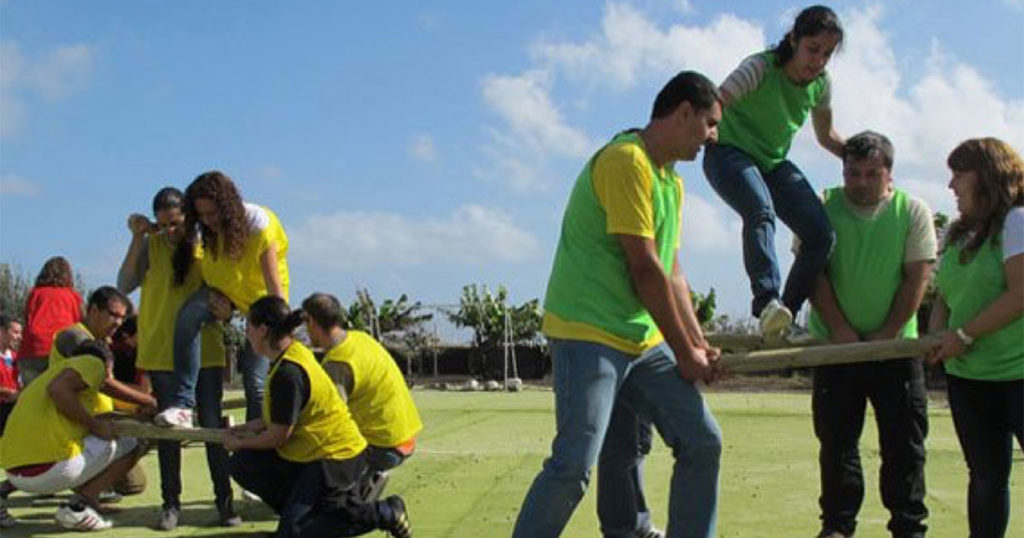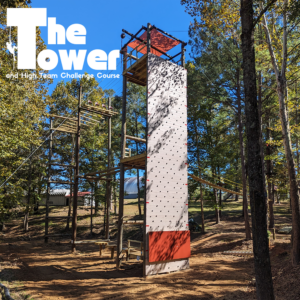Immerse Your Team in a Dynamic Obstacle Program Experience for Development and Unity
In the world of team growth and cohesion, the utilization of vibrant challenge training courses has arised as a compelling approach to promote development and unity among group members. As groups face these tests together, they are often faced with the opportunity to discover untapped capacity, strengthen bonds, and reveal brand-new techniques for functioning collectively in the direction of typical objectives.
Benefits of Dynamic Challenge Courses
Joining dynamic obstacle courses supplies teams a hands-on chance to create vital interaction and problem-solving skills in a physically appealing setting. These training courses offer an unique setting where employee are faced with numerous barriers that need collaboration, reliable interaction, and quick decision-making to get over. By engaging in tasks such as high ropes training courses, group building games, and analytic obstacles, participants are pushed out of their comfort areas, promoting personal and team development.
One considerable benefit of vibrant challenge training courses is the enhancement of interaction skills within groups. Through encountering difficulties with each other, team participants discover to connect much more effectively, listen proactively, and offer clear instructions to one another. Generally, dynamic difficulty training courses provide an alternative method to group growth, incorporating physical task with skill-building to promote unity and growth.
Group Building Through Barrier Navigation
Navigating challenges as a group provides an unique opportunity for fostering partnership and reinforcing interpersonal connections within a team. The procedure of conquering difficulties with each other requires efficient interaction, count on, and shared assistance. Obstacle navigation on a dynamic challenge program urges group members to count on each various other's toughness, analytic abilities, and resilience. By facing physical and psychological difficulties as a natural device, staff member learn to take advantage of private abilities for the cumulative advantage of the team.

Enhancing Interaction Skills and Trust Fund
Structure upon the foundation of strengthened interpersonal connections developed with overcoming challenges as a group, the see here now focus now shifts in the direction of enhancing interaction skills and promoting trust within the group dynamic. Reliable communication is crucial for making sure that staff member recognize each other's objectives, approaches, and perspectives. By taking part in activities that need clear and succinct interaction, such as navigating a challenge program blindfolded or addressing a problem with limited verbal hints, group participants can exercise energetic listening and effective expression of ideas.
Count on is one more vital component in team characteristics. Trusting your colleagues indicates relying on their capabilities, objectives, and reliability. Through collaborative difficulties that require a high degree of trust, such as a depend on fall or a ropes training course where team participants depend on each other for safety, people learn to allow go of fear and uncertainty, cultivating a feeling of unity and communication within the team. By sharpening interaction abilities and developing count on, teams can accomplish greater synergy and productivity.
Fostering Friendship and Unity
Unity among team participants is the keystone of a cohesive and strong group dynamic, necessary for attaining shared goals and fostering a sense of friendship. Promoting friendship within a group can be attained via numerous tasks throughout a vibrant obstacle program experience. By getting involved in obstacles that call for cooperation and coordination, team participants create a much deeper link and understanding of one an additional, leading to a strong sense of unity.

Approaches for Long-Term Group Growth
By defining specific targets, team participants can align their initiatives towards a typical purpose, promoting motivation and responsibility. Urging open dialogue, giving constructive responses, and actively listening to group members can improve cooperation and count on within the team.
Furthermore, spending in continuous knowing and growth opportunities can assist employee acquire brand-new abilities, stay engaged, and adjust to advancing challenges. Whether with training programs, workshops, or mentorship campaigns, providing opportunities for professional and personal growth can add to the group's overall success. Additionally, acknowledging and commemorating success, both big and small, can improve spirits and enhance a positive team culture. By executing these methods continually, groups can browse obstacles, embrace change, and flourish in the long run.

Conclusion
Finally, dynamic difficulty programs provide numerous benefits for team development and unity. By participating in obstacle navigating, team participants can improve their communication skills, build count on, and foster camaraderie. site web These experiences offer a platform for long-term group growth and development, bring about an extra effective and cohesive group dynamic. Welcoming the difficulties provided in these courses can ultimately lead to a more powerful and a lot more unified team.
In the world of group development and communication, the use of dynamic obstacle programs has arised as a compelling approach to promote development and unity amongst team participants. By engaging in this tasks such as high ropes courses, group building games, and analytic difficulties, individuals are pushed out of their convenience zones, cultivating personal and group growth.
In significance, team structure through challenge navigating is an efficient way to cultivate a supportive and interconnected group dynamic.
